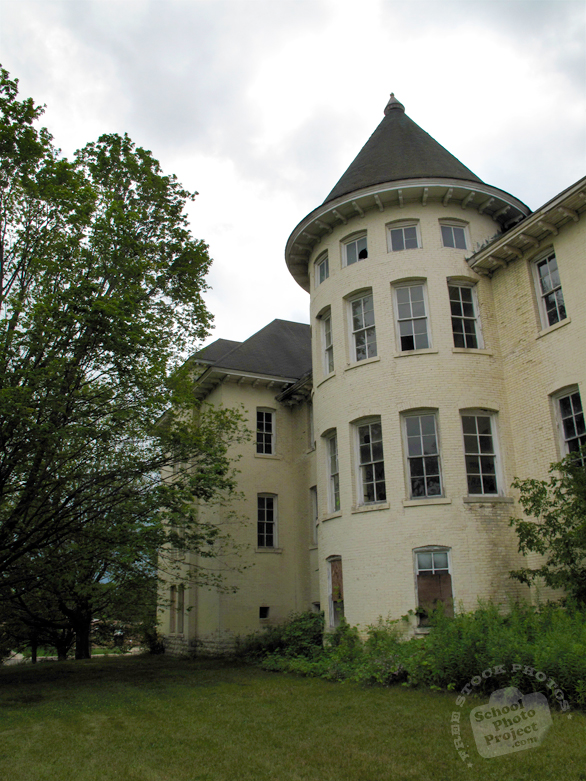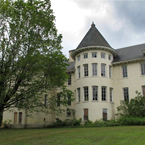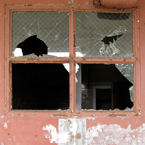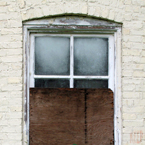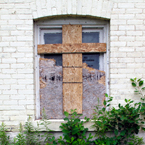Castle
A castle (from Latin castellum) is
a type of fortified structure built in Europe and
the Middle East during the Middle Ages by European
nobility. Scholars debate the scope of the word
castle, but usually consider it to be the private
fortified residence of a lord or noble. This is
distinct from a palace, which is not fortified;
from a fortress, which was not always a residence
for nobility; and from a fortified settlement, which
was a public defence – though there are
many similarities among these types of construction.
Usage of the term has varied over time and has been
applied to structures as diverse as hill forts and
country houses. Over the approximately 900 years
that castles were built they took on a great many
forms with many different features, although some,
such as curtain walls and arrowslits, were commonplace.
A European innovation, castles originated in the
9th and 10th centuries, after the fall
of the Carolingian Empire resulted in its territory
being divided among individual lords and princes.
These nobles built castles to control the area immediately
surrounding them, and were both offensive and defensive
structures; they provided a base from which raids
could be launched as well as protection from enemies.
Although their military origins are often emphasised
in castle studies, the structures also served as
centres of administration and symbols of power.
Urban castles were used to control the local populace
and important travel routes, and rural castles were
often situated near features that were integral
to life in the community, such as mills and fertile
land.
Many castles were originally built from earth and
timber, but had their defences replaced later by
stone. Early castles often exploited natural defences,
and lacked features such as towers and arrowslits
and relied on a central keep. In the late 12th and
early 13th centuries, a scientific approach
to castle defence emerged. This led to the proliferation
of towers, with an emphasis on flanking fire. Many
new castles were polygonal or relied on concentric
defence – several stages of defence within
each other that could all function at the same time
to maximise the castle's firepower. These changes
in defence have been attributed to a mixture of
castle technology from the Crusades, such as concentric
fortification, and inspiration from earlier defences
such as Roman forts. Not all the elements of castle
architecture were military in nature, and devices
such as moats evolved from their original purpose
of defence into symbols of power. Some grand castles
had long winding approaches intended to impress
and dominate their landscape.
Although gunpowder was introduced to Europe in the
14th century, it did not significantly affect
castle building until the 15th century, when
artillery became powerful enough to break through
stone walls. While castles continued to be built
well into the 16th century, new techniques
to deal with improved cannon fire made them uncomfortable
and undesirable places to live. As a result, true
castles went into decline and were replaced by artillery
forts with no role in civil administration, and
country houses that were indefensible. From the
18th century onwards, there was a renewed interest
in castles with the construction of mock castles,
part of a romantic revival of Gothic architecture,
but they had no military purpose.
(Source: Wikipedia.org)
|


